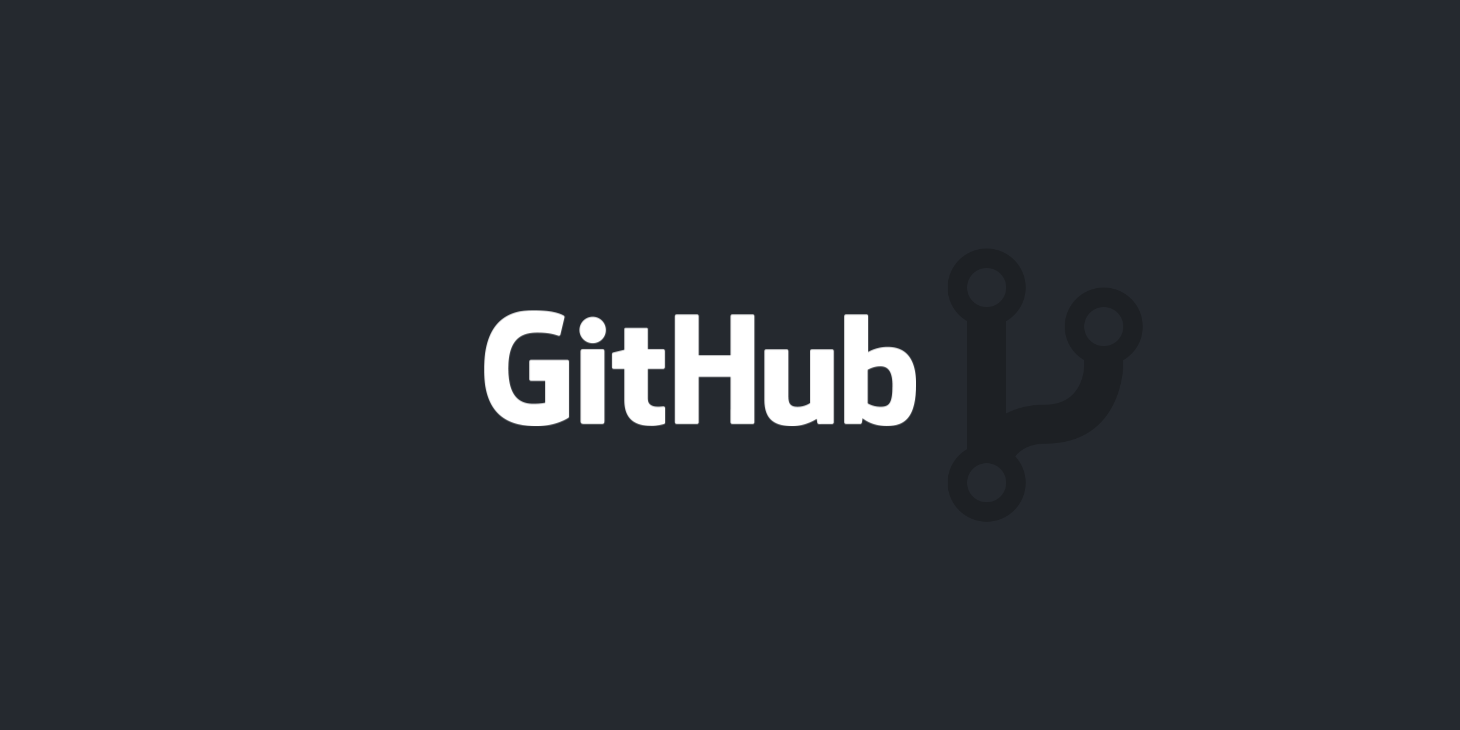
What is Git and Github
In the world of software development, the use of version management tools and collaboration platforms is essential to maintaining code quality and integrity. One of the most popular tools in this regard is Git and GitHub. This article will explain in depth about Git and GitHub, including their meaning, functions, and how to use them.
What is GitHub?
GitHub is a web-based platform used for hosting and managing source code using the Git version control system. GitHub allows developers to store, track, and manage their software projects efficiently. The platform provides a variety of additional features that support team collaboration and better project management.
Understanding GitHub
GitHub is a cloud-based hosting service that allows developers to store their projects using the Git version control system. With GitHub, you can manage code repositories, conduct code reviews, and collaborate effectively with your team or community. GitHub provides an intuitive user interface and additional features such as pull requests, issues, and GitHub Actions that simplify the software development process.
GitHub Functions
GitHub offers a variety of functions that are very useful in software development, especially in terms of collaboration and code management. Here are some of the main functions of GitHub:
1. Facilitates Project Collaboration
One of GitHub’s main functions is to facilitate collaboration between team members in working on software projects. With GitHub, teams can work on the same project simultaneously without disrupting each other’s work. Features such as pull requests and branches allow developers to propose changes, review them, and integrate changes into the main code in a structured way.
2. Prevent Code Changes That Could Damage the Original Code
GitHub helps prevent issues that may arise from unwanted code changes. Using the Git version control system, every change made to the code is stored in the form of a commit. If an error or bug occurs, you can easily revert to a previous version of the code without losing any other changes that have been made. This ensures that the main code remains stable and safe from breaking changes.
3. As a Portfolio for Developers
GitHub also serves as a portfolio for software developers. By having a GitHub account, developers can showcase the projects they have worked on, contribute to open source projects, and demonstrate their skills to potential employers or clients. An active and well-filled GitHub profile can increase a developer’s visibility and credibility in the IT industry.
How to Use GitHub
Using GitHub may seem complicated at first, but with this guide, you will be able to understand the basics of how to use GitHub easily. Here are the steps to get started with GitHub:
1. Create a GitHub Account
The first step in how to use GitHub is to create a GitHub account. Visit the GitHub website at github.com and click the “Sign up” button to create a new account. You will be prompted to enter an email address, username, and password. After signing up, you will receive a confirmation email to activate your account.
2. Starting a New Project
Once you have a GitHub account, the next step is to start a new project. Once you are logged into your GitHub account, click the “New repository” button on your homepage or profile. Fill in the repository name, description, and select the visibility option (public or private). You can also choose to add a README file and license if desired. Click the “Create repository” button to create a new repository.
3. Create Code File
With your repository created, you can start adding code files to it. You can upload files directly through the GitHub web interface by clicking the “Add file” button and selecting “Upload files”. Select the code files you want to upload from your computer and click “Commit changes” to save your changes.
4. Editing Code Files
GitHub also allows you to edit code files directly from the web interface. Click on the file you want to edit, then click the “Edit” button (pencil icon) in the top right corner. Make the necessary changes, add a description of the changes, and click “Commit changes” to save the changes to the repository.
5. Collaboration with Other Developers or Projects
The collaboration features in GitHub are very powerful. You can invite collaborators to join your repository by clicking the “Settings” tab in the repository and selecting “Collaborators”. Enter their GitHub username and click “Add collaborator”. The collaborator will receive an invitation to join and can start working on the project with you.
Conclusion
Git and GitHub are very important tools in today’s software development world. Git as a version control system allows developers to track code changes, manage versions, and maintain code integrity. GitHub, on the other hand, provides a web-based platform that makes collaboration, project management, and code management easier using Git.
By understanding what GitHub is, what GitHub does, and how to use GitHub, you will be able to leverage this tool to improve your work efficiency, collaborate with your team, and strengthen your portfolio as a developer. Making good use of Git and GitHub is an essential step in becoming a successful and productive software developer.
Reference: www.dicoding.com, www.niagahoster.co.id, www.dewaweb.com.
Author: Yazid Yusuf – Directorate of Information Technology Center


